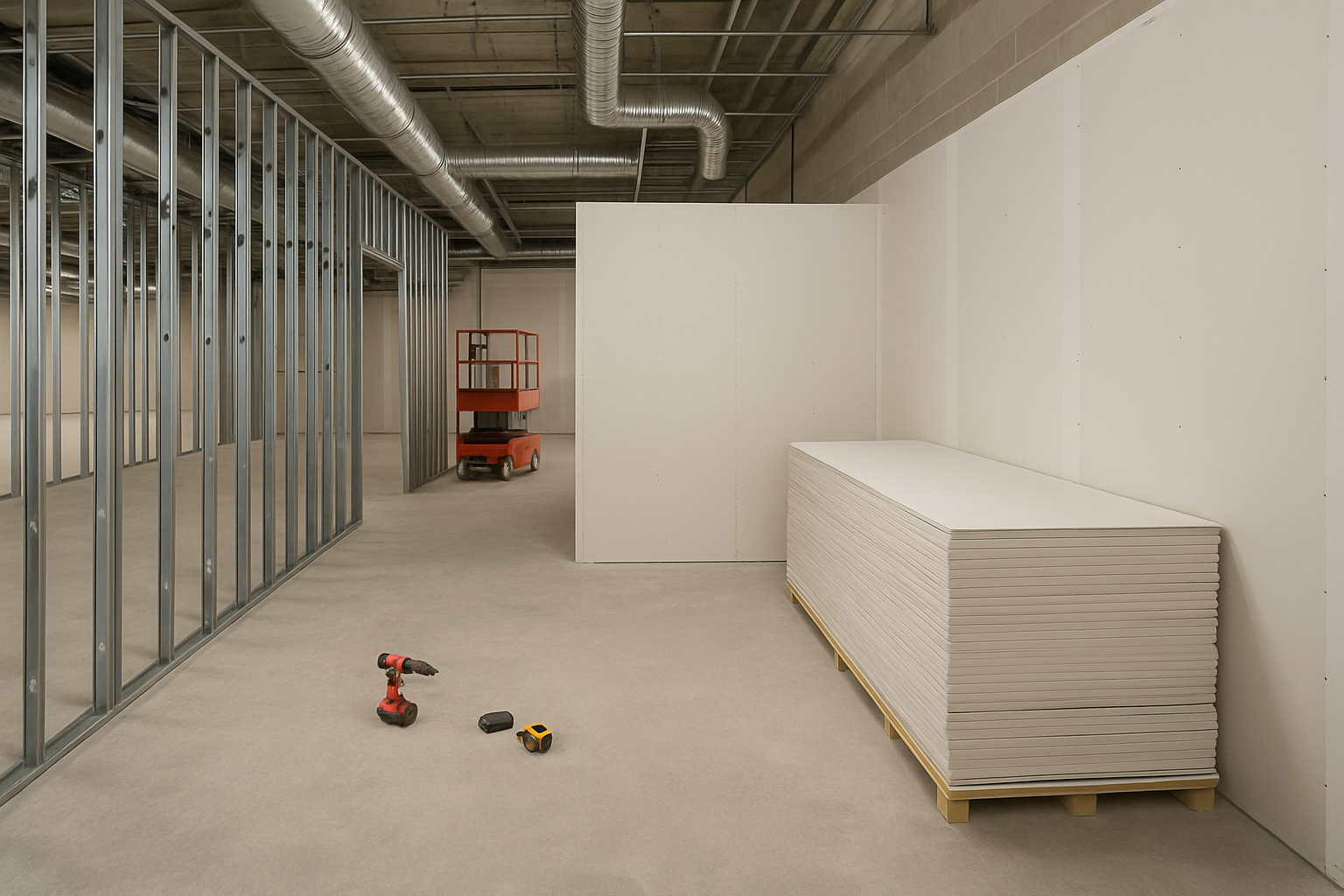
In fast-moving construction projects, drywall estimates aren’t static—they’re dynamic reflections of a living design. Yet many teams fall into the trap of treating early estimates as final numbers. As architects, engineers, and general contractors navigate design evolutions, it's critical to know exactly when a drywall estimate should be updated. Reestimation isn't about redundancy—it's about accuracy, alignment, and financial risk control.
Design updates can drastically change drywall scope. These changes may include new partition layouts, added bulkheads, reconfigured MEP corridors, or upgraded finish levels. If these shifts aren’t captured in real time, teams risk carrying outdated assumptions deep into procurement and construction phases.
The platform offered by Active Estimating is built precisely to manage these moments of change. Its data-driven feedback loop empowers estimators to proactively align costs with design intent—no guesswork or manual recalculation required.
Not all design changes warrant a full reestimate. Here’s when it's essential to update:
The legacy approach of updating estimates only at milestones creates disconnects between cost and design. Instead, consider continuous estimating—updating scope, quantities, and assumptions as soon as inputs change.
Using drywall estimating software that tracks model changes, version deltas, and historical context ensures your cost forecast remains current and defensible. This method minimizes surprises and supports real-time decision-making.
Each change may not affect the gross square footage but can drastically affect labor, material logistics, and productivity rates.
One of the advantages of a platform like Active Estimating is its ability to integrate subjective field inputs and objective design data. This means your estimate isn’t just numbers—it’s a narrative of the project’s evolving scope, backed by real-time inputs and traceable history.
Teams that embrace this methodology can answer critical questions like:
Drywall estimating is no longer a one-and-done task. As project designs evolve, your estimates must evolve with them. Knowing when to reestimate—and having the tools to do so efficiently—keeps cost certainty high and field execution aligned. In an era of complex builds and rapid iteration, estimators who track changes early and often become the guardians of project budget integrity.
Contact Information:
Active Estimating
508 2nd Street, Suite 208
Davis
California
95616
Rich Schoener
richard@activeestimating.com
(877)
Schedule a personalized demo to see how Active Estimating can work for your specific needs.
